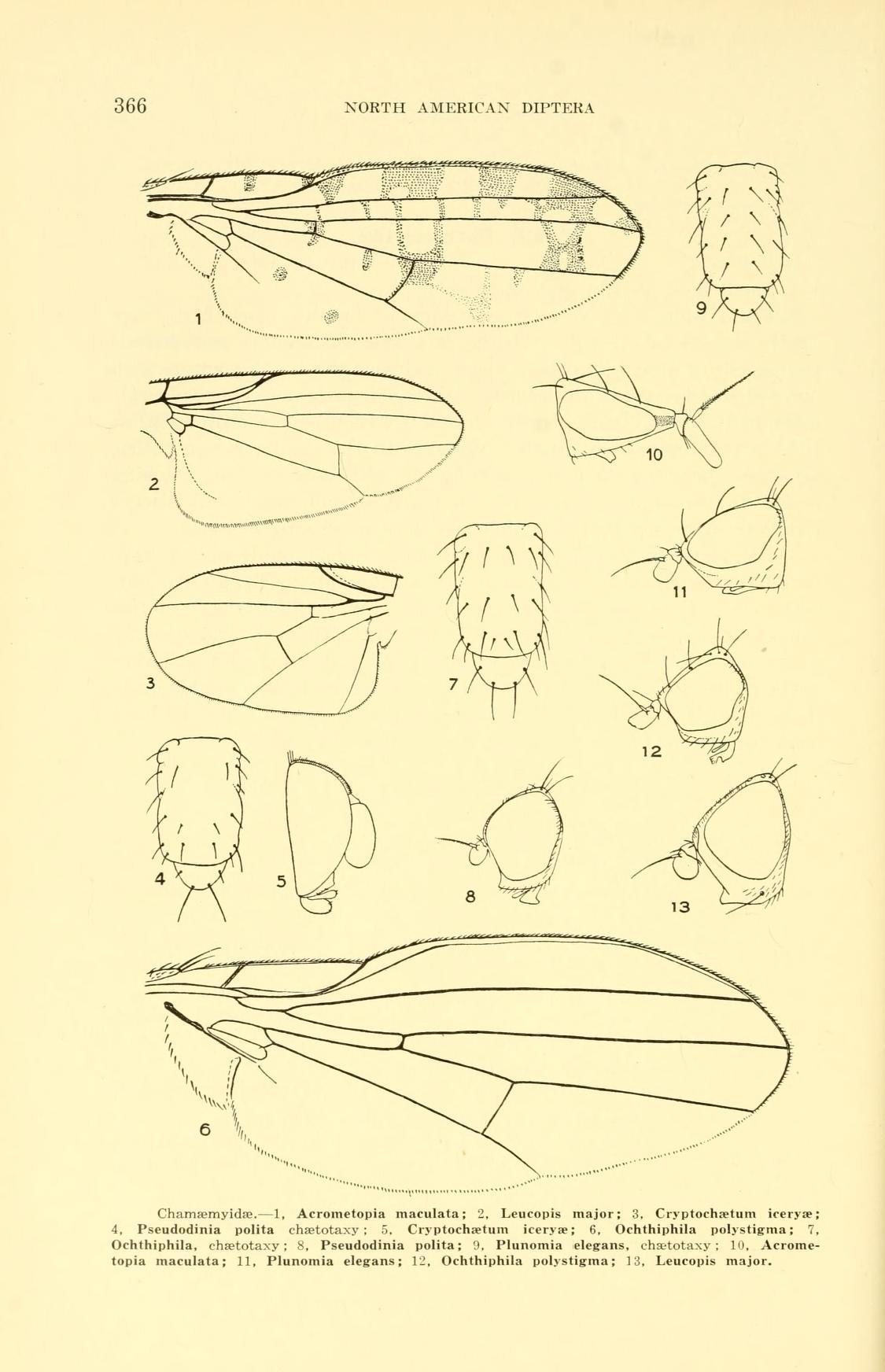|
Acrometopia Wahlbergi
''Acrometopia wahlbergi'' is a species of fly belonging to the family Chamaemyiidae The Chamaemyiidae are a small family of acalyptrate flies with less than 200 species described worldwide. The larvae of these small flies are active and predatory and are often used for biological control of aphids, scale insects, and similar .... It is native to Northern and Central Europe. References Chamaemyiidae Muscomorph flies of Europe Insects described in 1846 Taxa named by Johan Wilhelm Zetterstedt {{Lauxanioidea-stub ... [...More Info...] [...Related Items...] OR: [Wikipedia] [Google] [Baidu] |
Johan Wilhelm Zetterstedt
Johan Wilhelm Zetterstedt (20 May 1785 – 23 December 1874) was a Swedish naturalist who worked mainly on Diptera and Hymenoptera. Biography Zetterstedt studied at the University of Lund, where he was a pupil of Anders Jahan Retzius. He received the title of professor in 1822 and succeeded Carl Adolph Agardh as professor of botany and practical economy in 1836, retiring as emeritus in 1853. In 1831, he was elected a member of the Royal Swedish Academy of Sciences. He is best known as an entomologist. His collections of Scandinavian, Lapland and world Diptera and Orthoptera are in the Zoological Museum of the University of Lund. His students include Anders Gustaf Dahlbom. Selected works *1810-1812 ''Dissertatio de Fæcundatione Plantarum'' *1821 ''Orthoptera Sueciae disposita et descripta''. Lundae (Lund),132 pp. *1828 ''Fauna Insectorum Lapponica'' *1835 ''Monographia Scatophagarum Scandinaviæ'' *1837 Conspectus familiarum, generum et specierum Dipterorum, in Fauna ins ... [...More Info...] [...Related Items...] OR: [Wikipedia] [Google] [Baidu] |
Chamaemyiidae
The Chamaemyiidae are a small family of acalyptrate flies with less than 200 species described worldwide. The larvae of these small flies are active and predatory and are often used for biological control of aphids, scale insects, and similar pests. Chamaemyiid fossils are poorly represented in amber deposits, but a few examples are known from the Eocene epoch onwards. Description For terms, see Morphology of Diptera The Chamaemyiidae are small flies 9 (1–5 mm), usually greyish in colour. The frons is wide, with at most two pairs of bristles (often bare). The face is gently concave or strongly receding. Oral vibrissae are absent and the postvertical bristles are convergent or absent. The proboscis is short and the antennae are short. The mesonotum is with or without bristles. Prothoracic bristles are absent and with one sternopleural bristle. The mesopleura are usually bare, rarely setulose. The front femora bear bristles. The tibiae are without preapical bristl ... [...More Info...] [...Related Items...] OR: [Wikipedia] [Google] [Baidu] |
Fauna Europaea
Fauna Europaea is a database of the scientific names and distribution of all living multicellular European land and fresh-water animals. It serves as a standard taxonomic source for animal taxonomy within the Pan-European Species directories Infrastructure (PESI). , Fauna Europaea reported that their database contained 235,708 taxon names and 173,654 species names. Its construction was initially funded by the European Council (2000–2004). The project was co-ordinated by the University of Amsterdam The University of Amsterdam (abbreviated as UvA, nl, Universiteit van Amsterdam) is a public research university located in Amsterdam, Netherlands. The UvA is one of two large, publicly funded research universities in the city, the other bein ... which launched the first version in 2004, after which the database was transferred to the Natural History Museum Berlin in 2015. References External links Fauna Europaea [...More Info...] [...Related Items...] OR: [Wikipedia] [Google] [Baidu] |
Insects Described In 1846
Insects (from Latin ') are pancrustacean hexapod invertebrates of the class Insecta. They are the largest group within the arthropod phylum. Insects have a chitinous exoskeleton, a three-part body (head, thorax and abdomen (insect anatomy), abdomen), three pairs of jointed Arthropod leg, legs, compound eyes and one pair of antenna (biology), antennae. Their blood is not totally contained in vessels; some circulates in an open cavity known as the haemocoel. Insects are the most diverse group of animals; they include more than a million described species and represent more than half of all known living organisms. The total number of Extant taxon, extant species is estimated at between six and ten million; In: potentially over 90% of the animal life forms on Earth are insects. Insects may be found in nearly all Natural environment, environments, although only a small number of species reside in the oceans, which are dominated by another arthropod group, crustaceans, which recent ... [...More Info...] [...Related Items...] OR: [Wikipedia] [Google] [Baidu] |

